Paris is the capital of France. The city is located in the north of the country, on the River Seine. Since 4,000 BC, people have lived on the marshy land where Paris was built. In the late the 3rd Century BC, the Parisii, a Celtic tribe, settled in the area. With the Seine close by, their settlement soon became an important crossroads for travel and trading post. In 52 BC, Roman general Julius Caesar conquered the city. He named it Lutetia Parisiorum, or, the marsh of the Parisii. The Romans built wide roads and numerous public buildings, including baths, in the city. Around 300 AD, the city’s name was shortened to Paris.
Between the 5th and 6th centuries AD, dominion over Paris passed to the Franks, a people of Germanic origin. In 508 AD, King Clovis I established Paris as the capital of his kingdom. In the 10th century, important monuments went built in Paris including the cathedrals of Notre Dame and Sainte-Chapelle and the Louvre fortress. In the early 13th century, Paris became home to one of the world’s oldest universities: the Sorbonne. Between the 1600s and 1700s, Louis XIV moved the court to Versailles. In this period, Paris continued to improve its already good looks by building The Hôtel des Invalides, Place Vendôme and the Tuileries Garden.
A few decades later, Paris was the epicenter of the French Revolution. On July 14, 1789, the people of Paris stormed the prison known as the Bastille and overthrew the monarchy. In 1799, general Napoleon Bonaparte seized power in a coup d’état. Several years later, he named himself emperor. Under Napoleon’s rule, Paris had a new period of splendor. To celebrate the importance of the French Empire, the Arc de Triomphe went up on the Place de l’Étoile.
In the latter half of the 19th Century, the layout of Paris radically changed. Most of the city’s medieval neighborhoods were demolished and wide streets were built. In the late 19th and early 20th Centuries, Paris became one of Europe’s liveliest cultural centers. Artists such as Pablo Picasso, Henri Matisse and Georges Braque moved there. During this period, the Eiffel tower was built. Today, Paris is the political, cultural and economic center of France. Millions of tourists visit the city every year. Paris is also home to many important works of contemporary architecture. Throughout the 20th Century, the city took in many immigrants, mostly from Africa and the Middle East.
Between the 5th and 6th centuries AD, dominion over Paris passed to the Franks, a people of Germanic origin. In 508 AD, King Clovis I established Paris as the capital of his kingdom. In the 10th century, important monuments went built in Paris including the cathedrals of Notre Dame and Sainte-Chapelle and the Louvre fortress. In the early 13th century, Paris became home to one of the world’s oldest universities: the Sorbonne. Between the 1600s and 1700s, Louis XIV moved the court to Versailles. In this period, Paris continued to improve its already good looks by building The Hôtel des Invalides, Place Vendôme and the Tuileries Garden.
A few decades later, Paris was the epicenter of the French Revolution. On July 14, 1789, the people of Paris stormed the prison known as the Bastille and overthrew the monarchy. In 1799, general Napoleon Bonaparte seized power in a coup d’état. Several years later, he named himself emperor. Under Napoleon’s rule, Paris had a new period of splendor. To celebrate the importance of the French Empire, the Arc de Triomphe went up on the Place de l’Étoile.
In the latter half of the 19th Century, the layout of Paris radically changed. Most of the city’s medieval neighborhoods were demolished and wide streets were built. In the late 19th and early 20th Centuries, Paris became one of Europe’s liveliest cultural centers. Artists such as Pablo Picasso, Henri Matisse and Georges Braque moved there. During this period, the Eiffel tower was built. Today, Paris is the political, cultural and economic center of France. Millions of tourists visit the city every year. Paris is also home to many important works of contemporary architecture. Throughout the 20th Century, the city took in many immigrants, mostly from Africa and the Middle East.
RELATED
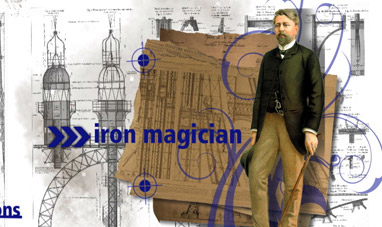

GUSTAVE EIFFEL
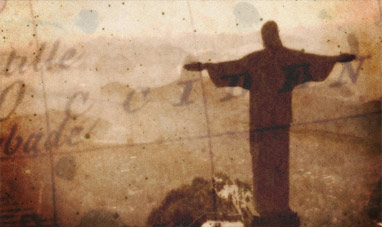

RIO DE JANEIRO
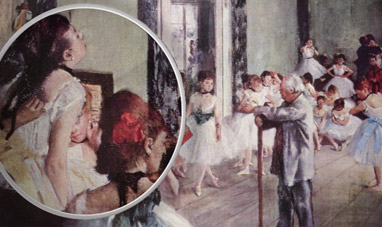

THE DANCE CLASS
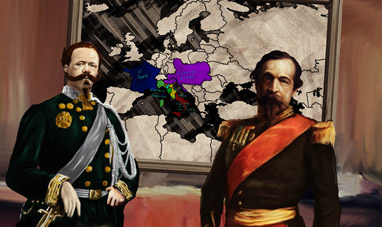

PLOMBIÈRES AGREEMENTS


SPANISH CUISINE
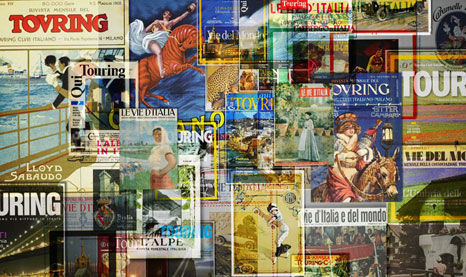

ITALIAN TOURING CLUB
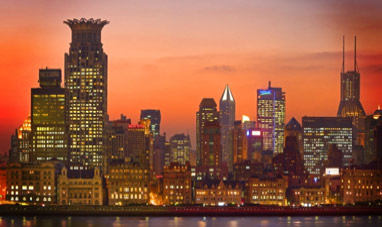

SHANGHAI
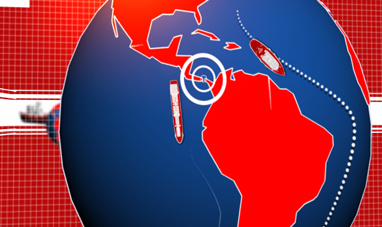

THE PANAMA CANAL


CHINESE CUISINE


MOSCARDINI WITH PEAS


SEPPIOLINE WITH PEAS


PASTA CACIO E PEPE


GREEK CUISINE
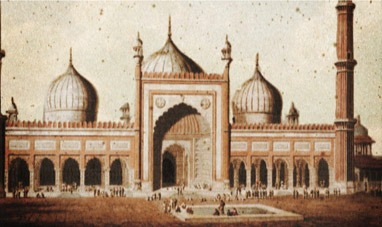

NEW DELHI


MADRID
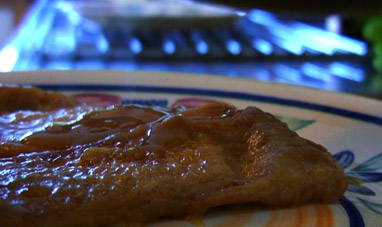

SCALOPPINE IN WHITE WINE SAUCE
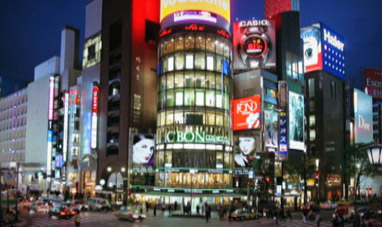

TOKYO
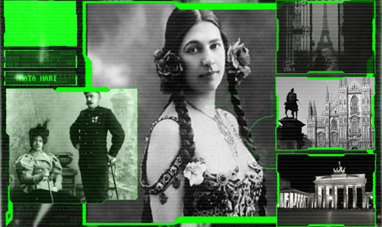

MATA HARI
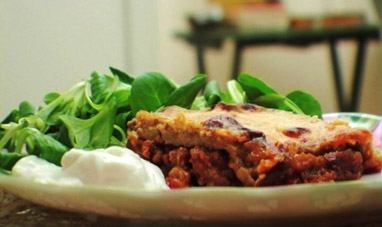

MOUSSAKA
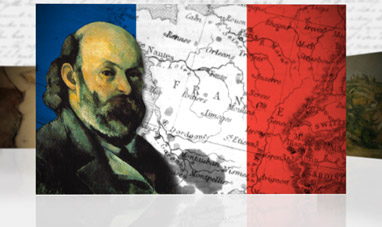

PAUL CÉZANNE
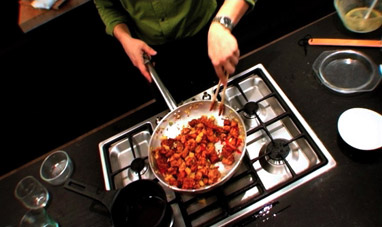

SWEET AND SOUR PORK
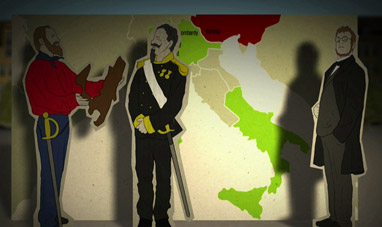

CAMILLO BENSO, COUNT OF CAVOUR
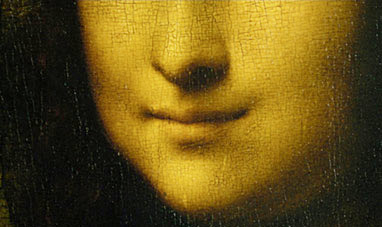

THE MONA LISA
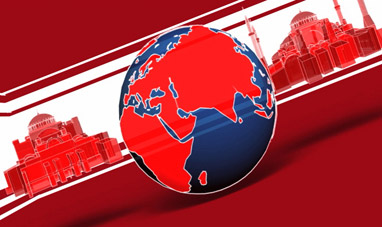

HAGIA SOPHIA
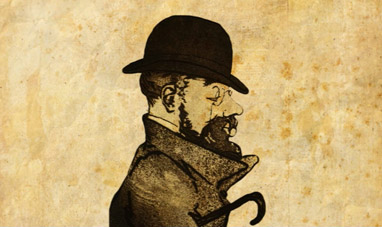

HENRI DE TOULOUSE-LAUTREC
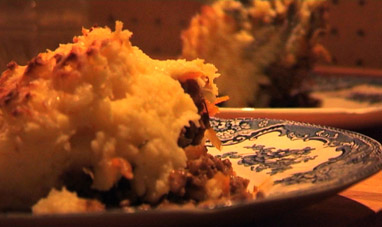

SHEPHERD'S PIE


KOREAN CUISINE
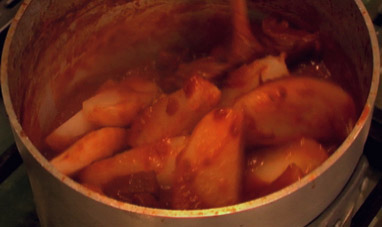

GOULASH
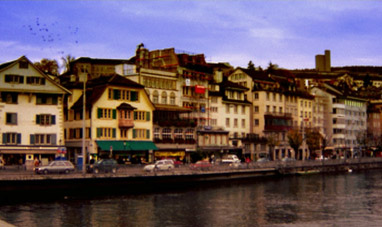

ZÜRICH
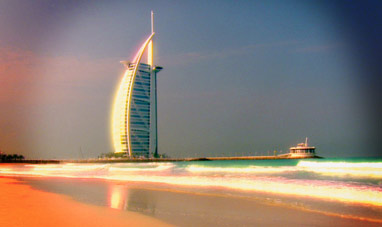

DUBAI
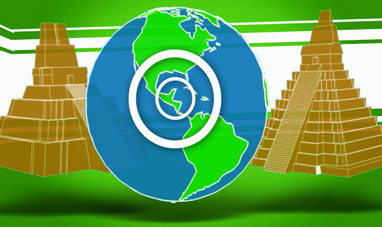

MAYAN MONUMENTS: UXMAL, TIKAL AND PALENQUE
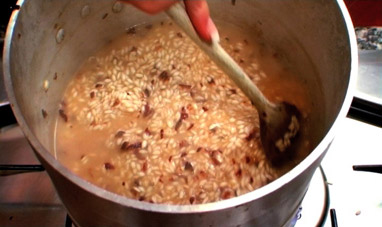

SHRIMP RISOTTO


EGYPTIAN CUISINE
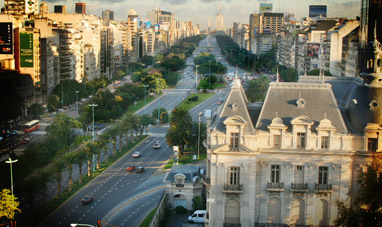

BUENOS AIRES


THE ACROPOLIS IN ATHENS


COCONUT DELIGHTS
